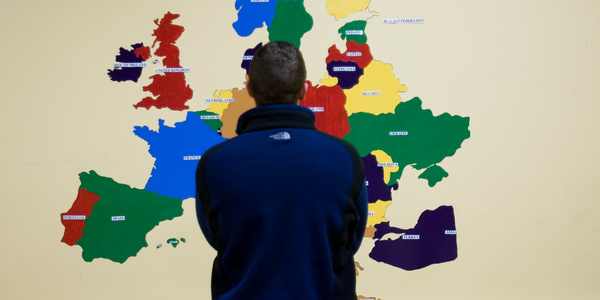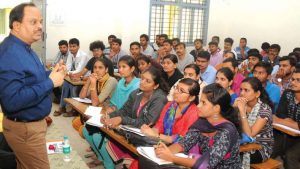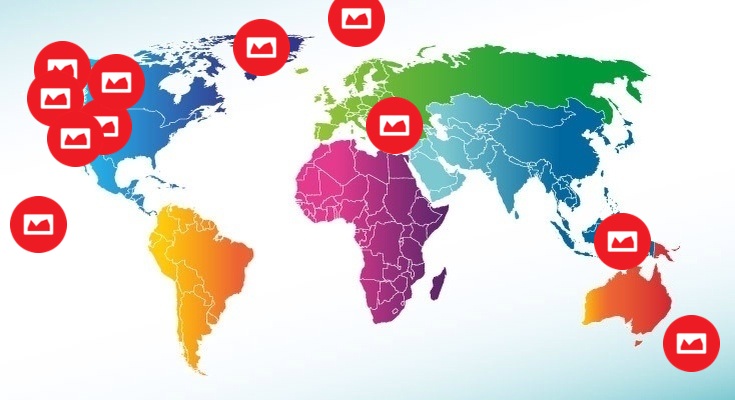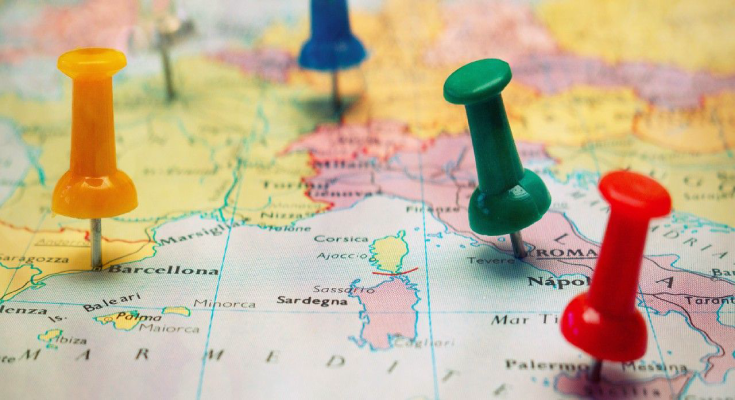
How does IAS Academy help aspirants in Civil Service Exams ?
The IAS exams are considered to be very difficult to crack without the right training. Maps are an essential part of the preparation as well as help in understanding different demographics of the country. Many IAS aspirants make the mistake of ignoring the Indian map and focusing more on other topics. According to https://www.mapsofindia.com/geography/ , The top notch Civil Service (IAS) Training Academies focus on maps to make sure that the aspirants are well versed with the map and can confidently answer map based questions in a jiffy.
 How to Revise World Geography Through Maps ?
How to Revise World Geography Through Maps ?
If you are still not convinced about the importance of studying maps for the IAS exams, it would be a good idea to take a good long look at the previous question papers. You will notice that many questions require you to be well versed with your geography in order to answer these seemingly easy questions. The next thing you will notice is that plenty of questions are based on general studies are present in the paper. For example, different soil types found all over India, the different kinds of crops that can be grown and so on. It is easier to remember this kind of information if you co-relate the information with a map.
Ways On How to Memorize a Map for IAS Prelims
Another way of studying maps for the IAS exams is by using large detailed maps that contains all sort of information ranging from different rivers, soil types, and boundaries and so on. As you study these maps for a longer period of time, you will sharpen your brain and learn how to remember the information on the map using visualizing techniques. Many IAS aspirants even go as far as sticking maps all around their rooms so that they are constantly in touch with the subject and do not lose focus of what they are preparing for.
How to Prepare the Atlas for IAS Preliminary Exams ?
If you are using an atlas to study maps for your IAS prelims, remember that it is not possible to read it like other books. You can start off by looking at India’s political map and focus on the location of the different states and the major cities in the country. Now try to link this information with neighboring states, cities, coastal regions and so on. When you co-relate information like this, it makes it easier for your brain to retain the knowledge for a longer period of time. For example: if you are asked a question such as “which of the following states do not share a border with Bangladesh?”, you will be able to answer quickly since you can visualize the different states and their borders in your mind without too much trouble.
books. You can start off by looking at India’s political map and focus on the location of the different states and the major cities in the country. Now try to link this information with neighboring states, cities, coastal regions and so on. When you co-relate information like this, it makes it easier for your brain to retain the knowledge for a longer period of time. For example: if you are asked a question such as “which of the following states do not share a border with Bangladesh?”, you will be able to answer quickly since you can visualize the different states and their borders in your mind without too much trouble.
You will find plenty of questions based on cities, making it critical for you to master the maps as much as possible. You will also come across questions based on the geography of the country and the rest of the world. IAS toppers suggest starting India’s political and physical maps and then moving on to the rest of the world. At the end of the day, it is crucial for you to master the different maps in order to crack the IAS.
View our Google Posts to get more up to date information :
Chinmaya IAS Academy Driving Directions :
View the latest Google Chinmaya IAS Academy
Read More : An Enchanting Experience For Globe Trotter




